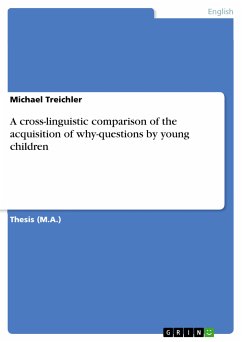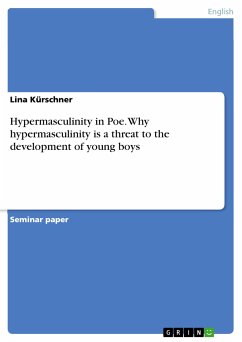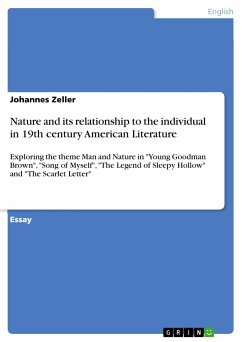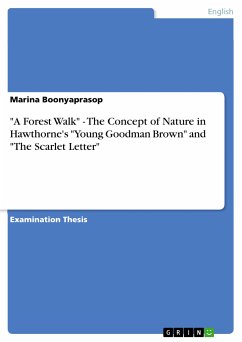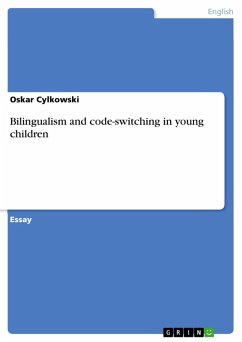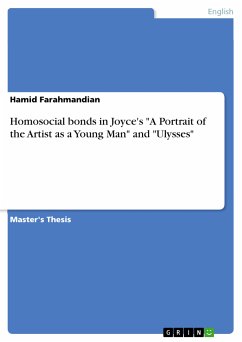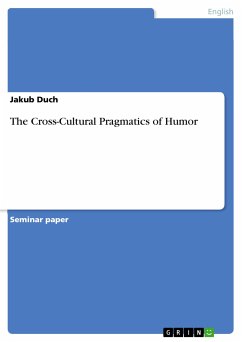Thesis (M.A.) from the year 2006 in the subject English Language and Literature Studies - Linguistics, grade: sehr gut (1.0), Carl von Ossietzky University of Oldenburg (Seminar für Anglistik), language: English, abstract: Since Labov and Labov 1978 it is known that English-speaking children do not apply Subject Auxiliary Inversion uniformly across question types. In particular, inversion in why-questions still occurs at the low rate of 15% between 4;0 and 4;6. Recently Thornton (2004) suggested that non-inversion in why-questions is due to the fact that why occupies a position different and higher than other wh-words. In this view leaving why-questions uninverted is an option available in UG as in Italian (Rizzi 1999). Rowland and Pine 2000 investigating 6 types of wh-questions corroborate the findings of Labov and Labov (1978). In contrast to Thornton, they explain the non-occurrence of inversion in why-questions in a constructivist framework by the low frequency of input. In Germanic languages different from English, question formation does not only involve SAI but requires subject verb inversion for all verb types, whereas English requires do-support for main verbs. This property is due to verb-movement, namely V2. In these languages main verbs can raise to a position in the left periphery where the Wh-feature can be checked. In particular, a generative approach would predict for Germanic languages like German or Danish that children who have acquired the V2 property do not have difficulties with inversion in all questions types. A usage-based approach, however, would predict an input-dependent acquisition of inversion for every single question type since it is claimed that children do not use general operations or categories such as wh-elements. This study investigates the spontaneous production of questions in two German children with an age range of 3;1-3;7 and one Danish child with an age range of 1;00-6;1. The analysis shows that these children place finite verbs in the V2 position in declaratives and consistently produce adult-like Wh-questions already at age 3. In the 124 questions produced by the German children no uninverted question occurred, whereas the Danish child showed an inversion-rate of 94.6%. Contrary to expectation, the non-inverted questions concerned what and where, which frequently occur in the input. Moreover, all why-questions were inverted in spite of low frequency of input. The study thus reveals the expected cross-linguistic difference in the acquisition of questions as predicted by the interplay of verb-movement and wh-features in a generative approach, whereas the account offered by Rowland and Pine can at best explain English data.
Dieser Download kann aus rechtlichen Gründen nur mit Rechnungsadresse in A, B, BG, CY, CZ, D, DK, EW, E, FIN, F, GR, HR, H, IRL, I, LT, L, LR, M, NL, PL, P, R, S, SLO, SK ausgeliefert werden.

